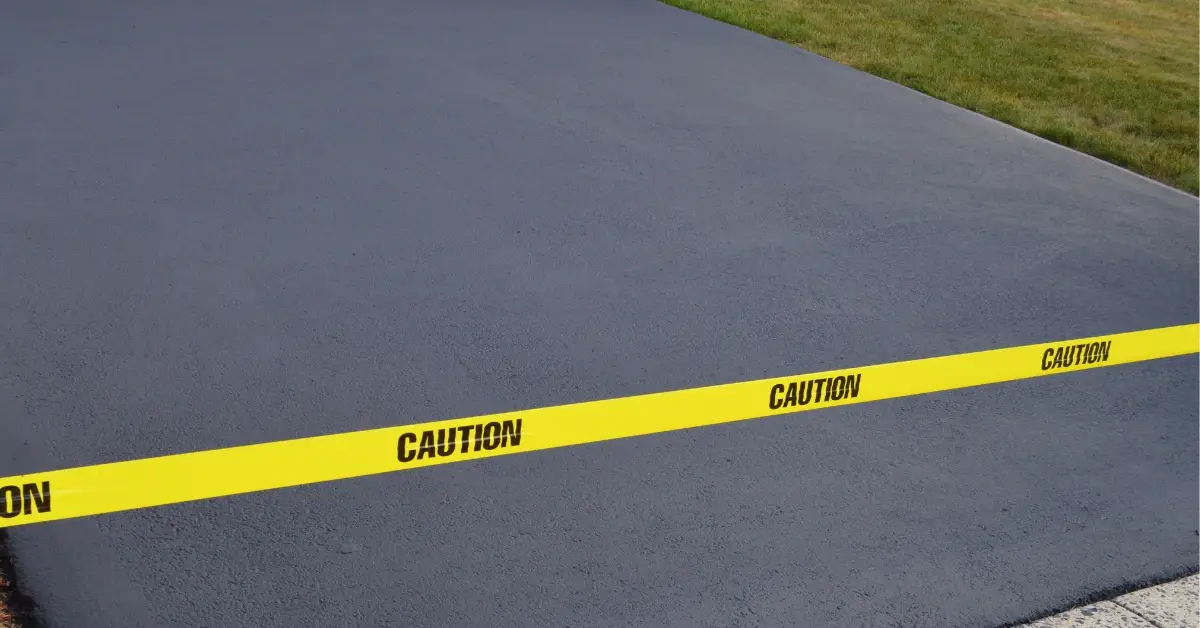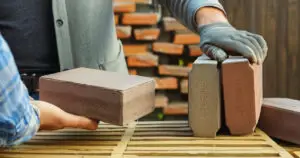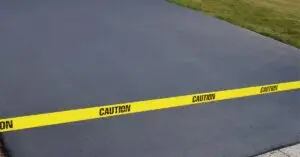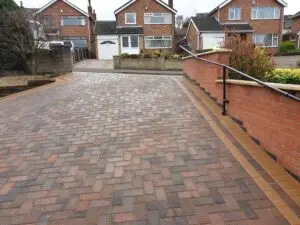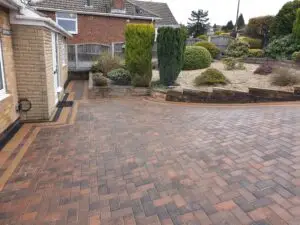Introduction
If you’re considering a new tarmac driveway or have recently had one installed, you might be wondering, “How long does tarmac take to dry?” It’s a crucial question that every homeowner, contractor, and business should ask before starting a tarmac project.
Understanding tarmac drying times is essential for ensuring a successful installation and avoiding costly mistakes. Whether you’re eager to start using your new driveway or need to plan for foot and vehicle traffic, knowing when your tarmac surface will be ready is key.
In this comprehensive guide, we’ll explore the factors that affect tarmac drying time, provide average drying times, and share tips for ensuring optimal drying conditions. We’ll also discuss common mistakes to avoid, so you can achieve the best results for your tarmac project.
So, let’s dive in and uncover the secrets to understanding tarmac drying times!
Factors Affecting Tarmac Drying Time
When it comes to how long tarmac takes to dry, several factors come into play. Understanding these variables can help you plan your project more effectively and set realistic expectations for when your surface will be ready for use.
Weather Conditions
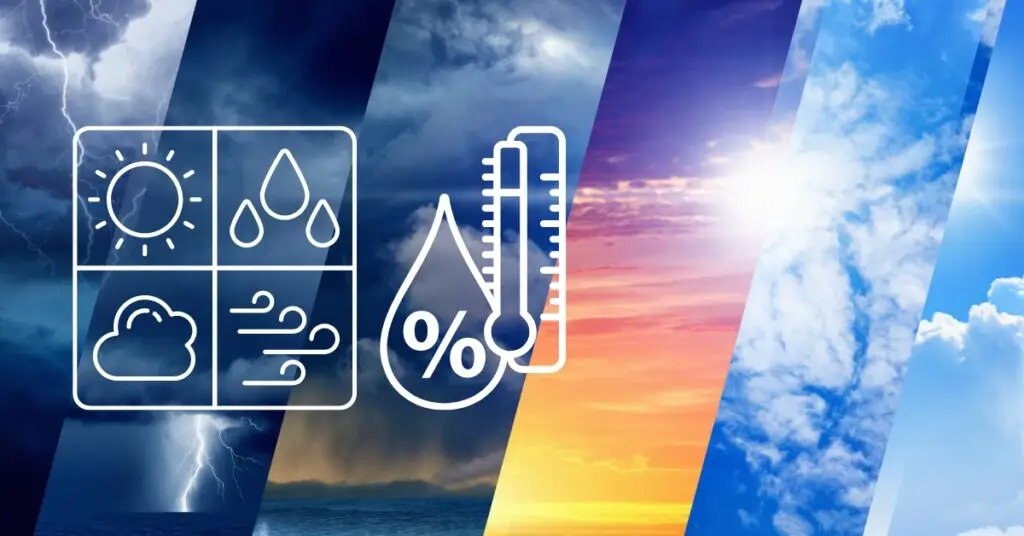
One of the most significant factors affecting tarmac drying time is the weather conditions. Temperature, humidity, wind, and sunlight all play a role in how quickly your tarmac surface will dry.
Ideal conditions for tarmac drying include:
- Warm temperatures (above 10°C or 50°F)
- Low humidity
- Gentle breeze
- Sunny or partly cloudy skies
When the weather is cooler, damper, or less breezy, tarmac drying times can be prolonged. In some cases, extreme weather conditions may even require delaying the installation to ensure the best results.
Tarmac Mix Composition and Thickness
The composition of your tarmac mix and the thickness of the layer applied can also impact drying times. A thicker layer of tarmac will typically take longer to dry than a thinner one, as the heat needs to penetrate deeper into the surface.
The type of aggregates used in the tarmac mix, as well as the bitumen content, can also influence drying time. A mix with a higher percentage of fine aggregates may take longer to dry than one with coarser aggregates.
Base Layer Preparation and Condition
The condition of the base layer beneath your tarmac surface is another crucial factor in drying time. A well-prepared, stable, and properly drained base layer will allow the tarmac to dry more efficiently.
If the base layer is uneven, unstable, or lacks proper drainage, it can lead to moisture retention and slower drying times. Ensuring that the base layer is adequately prepared before laying the tarmac is essential for achieving optimal drying conditions.
By understanding these key factors and how they interact, you can make informed decisions about when to schedule your tarmac installation and how to create the best conditions for efficient drying.
Average Drying Times for Tarmac

Now that we’ve explored the factors affecting tarmac drying time, let’s look at some general guidelines for how long you can expect your tarmac surface to take to dry.
Surface Drying vs. Complete Curing
It’s important to note that there is a difference between surface drying and complete curing when it comes to tarmac. Surface drying refers to when the top layer of the tarmac is dry to the touch and can withstand light foot traffic. Complete curing, on the other hand, is when the entire depth of the tarmac has hardened and is ready for heavy vehicle use.
Average Surface Drying Times
Under normal conditions (warm temperatures, low humidity, and good base layer preparation), you can expect your tarmac surface to be dry to the touch within 24-48 hours after installation. At this point, the surface can typically withstand light foot traffic, such as walking or cycling.
However, it’s crucial to avoid heavy foot traffic or placing any objects on the surface during this initial drying period, as it can cause indentations or damage to the tarmac.
Average Complete Curing Times
For your tarmac surface to be fully cured and ready for vehicle use, it typically takes between 3-5 days, depending on the factors discussed earlier (weather conditions, tarmac mix, and base layer preparation).
During this curing period, it’s essential to keep vehicles off the surface to prevent damage and ensure a smooth, even finish. Parking on or driving over tarmac that hasn’t fully cured can lead to rutting, indentations, or cracking, compromising the integrity and appearance of your surface.
It’s always best to consult with your tarmac contractor for specific guidance on drying and curing times for your project, as they can assess the unique conditions and provide personalized recommendations.
By allowing your tarmac surface adequate time to dry and cure, you can ensure a durable, long-lasting, and visually appealing result that will serve you well for years to come.
Tips for Ensuring Optimal Drying Conditions
While some factors affecting tarmac drying time, such as weather conditions, may be beyond your control, there are several steps you can take to create the best environment for efficient drying. By following these tips, you can help ensure a successful tarmac installation and minimise the risk of delays or complications.
Choose the Right Weather Conditions
One of the most important things you can do to ensure optimal drying conditions is to schedule your tarmac installation for the right weather. Aim for a period of warm, dry weather with minimal rain in the forecast.
If possible, plan your installation for late spring, summer, or early fall, when temperatures are more likely to be consistently warm and rainfall is less frequent. Avoid scheduling your project during the winter months or periods of heavy rain, as this can significantly prolong drying times and increase the risk of damage to the surface.
Ensure Proper Base Layer Preparation
A well-prepared base layer is crucial for ensuring efficient tarmac drying times. Before laying the tarmac, make sure that the base layer is stable, even, and properly compacted. Any soft spots, depressions, or inconsistencies in the base layer can lead to moisture retention and slower drying.
Proper drainage is also essential for optimal drying conditions. The base layer should be graded to allow water to flow away from the tarmac surface and prevent pooling. If necessary, install drainage solutions, such as channel drains or soakaways, to ensure that water can easily drain away from the area.
Use the Appropriate Tarmac Mix and Thickness
Choosing the right tarmac mix and thickness for your project can also help ensure efficient drying times. Work with your tarmac contractor to select a mix that is appropriate for your specific needs and conditions.
For example, if you live in an area with heavy rainfall or high humidity, a more porous tarmac mix may be recommended to allow for better drainage and faster drying. Similarly, if your driveway will be subject to heavy vehicle traffic, a thicker layer of tarmac may be necessary for long-term durability, but this may also require longer drying times.
Your tarmac contractor can assess your unique situation and recommend the best mix and thickness to balance performance, durability, and drying efficiency.
Avoid Applying Tarmac in Extreme Temperatures
While warm temperatures are ideal for tarmac drying, extreme heat can also cause problems. If the temperature is too high (above 30°C or 86°F), the tarmac may become overly soft and difficult to work with, leading to an uneven surface or potential damage.
In these cases, it may be necessary to schedule the installation for cooler periods of the day, such as early morning or late afternoon, to avoid the hottest temperatures. Your tarmac contractor can advise you on the best time to install based on the weather forecast and their experience with local conditions.
By following these tips and working closely with your tarmac contractor, you can create the optimal conditions for efficient tarmac drying and ensure a successful, long-lasting installation.
Common Mistakes to Avoid
Even with careful planning and preparation, there are some common mistakes that can slow down tarmac drying times or compromise the quality of the finished surface. By being aware of these potential pitfalls and taking steps to avoid them, you can help ensure a smooth, successful tarmac installation.
Applying Tarmac in Unfavourable Weather Conditions
One of the most common mistakes is proceeding with a tarmac installation during unfavorable weather conditions, such as heavy rain, high humidity, or extreme temperatures. While it may be tempting to stick to a predetermined schedule, laying tarmac in poor weather can lead to a host of problems, including:
- Slow drying times
- Uneven surface texture
- Increased risk of damage or deterioration
- Reduced long-term durability
If the weather forecast is not suitable for tarmac installation, it’s best to postpone the project until conditions improve. Your tarmac contractor should be able to advise you on the best course of action based on the current and anticipated weather conditions.
Inadequate Base Layer Preparation or Poor Drainage
Another common mistake is failing to properly prepare the base layer or ensure adequate drainage before laying the tarmac. A poorly prepared base layer can lead to:
- Uneven surface
- Ponding water
- Slow drying times
- Increased risk of cracks, rutting, or potholes
To avoid these issues, make sure that the base layer is stable, even, and well-compacted. Any soft spots or depressions should be addressed before laying the tarmac. Additionally, ensure that the base layer is graded to allow for proper drainage and that any necessary drainage solutions are installed.
Using the Wrong Tarmac Mix or Thickness
Using the wrong tarmac mix or thickness for your project can also lead to problems with drying times and surface quality. For example:
- Using a mix with too high a bitumen content can lead to a soft, slow-drying surface
- Applying too thin a layer of tarmac may result in a less durable, more prone to damage surface
- Using a mix with incorrect aggregate sizes can affect the surface texture and drying time
To avoid these issues, work closely with your tarmac contractor to select the appropriate mix and thickness for your specific project. They can assess your needs and recommend a solution that balances performance, durability, and drying efficiency.
By being aware of these common mistakes and taking proactive steps to avoid them, you can help ensure a successful tarmac installation with optimal drying times and a high-quality, long-lasting finished surface.
Conclusion
Understanding how long tarmac takes to dry is essential for anyone considering a new tarmac driveway or managing a tarmac installation project. By taking into account the various factors that affect drying time, such as weather conditions, tarmac mix composition, and base layer preparation, you can set realistic expectations and plan accordingly.
As we’ve seen, creating optimal conditions for tarmac drying involves a combination of careful planning, appropriate material selection, and adherence to best practices. By following the tips outlined in this guide and working closely with a reputable tarmac contractor, you can help ensure a successful installation with efficient drying times and a high-quality finished surface.
Remember, taking the time to allow your tarmac surface to dry and cure properly is a critical step in achieving a durable, long-lasting, and visually appealing result. Rushing the process or cutting corners can lead to costly mistakes and potentially compromise the integrity of your tarmac surface.
If you have any questions about tarmac drying times or need assistance with your tarmac installation project, don’t hesitate to consult with a professional. An experienced tarmac contractor can provide personalised guidance and recommendations based on your specific needs and circumstances.
By following best practices and allowing adequate time for your tarmac surface to dry and cure, you can enjoy a beautiful, functional driveway that will serve you well for years to come.
